British art in American museums is not what it once was – or at least, not altogether. The countesses and blue boys hold their ground at the Metropolitan Museum of Art and the Huntington Library, but are having to co-exist with their less polished compatriots. Among the dozen or so substantial collections of British art in the US, two of the most notable are currently undergoing re-examination: the Yale Center for British Art reopened in May with its Louis Kahn building meticulously refurbished and its collections redisplayed, while at the Met the British decorative arts galleries will shortly be closing in preparation for a major redisplay, due to open in 2018.
In the US, and to a much greater extent than in Britain, private donors stamped their ideas on museum collections. From the Gilded Age to the Second World War, British paintings and furniture, along with silver and porcelain, were bought in great quantities by American collectors. The Fricks, Huntingtons, Vanderbilts, Mellons, and other leading families were serviced by dealers such as Knoedler & Co., Thomas Agnew & Sons, M. Harris and Sons, French & Company, and the Duveens, all of whom enjoyed strong transatlantic links. As a result, the British collections at the Met, along with those at the Boston Museum of Fine Arts and the Philadelphia Museum of Art, were determined by the enthusiasms of local collectors, creating a vision of Britain very different to those offered by contemporary museums in the UK.
The years around 1900 in the US witnessed the cult of the British portrait made before 1830, in parallel with the British – or more accurately, usually English – country or town house interior. Portraits by Gainsborough (the star in this field, with his The Blue Boy, c. 1770, fetching an all-time record price of $728,800 in 1921), Reynolds, Romney, Raeburn, Lawrence, and Hoppner (more in demand in the US than in Britain) were sold from aristocratic collections in Britain, amid public lamentation, to the US and also Cuba and France. Comparable quantities of furniture from around 1680 to 1830 – usually identified by reign, and including silver by Paul de Lamerie and Paul Storr – crossed the ocean, going in the first instance to private collectors rather than museums. As John Harris has recorded, historic rooms were also transported to private houses and often later reassembled in museums. And not only rooms: in 1925 the half-timbered early Tudor manor house Agecroft Hall was transported from Lancashire across the Atlantic to be reassembled in Richmond, Virginia. While the long 18th century up to around 1830 dominated the taste for pictures (Tudor and Jacobean portraits had not yet been rescued from obscurity), the taste in architecture and furniture extended back to the 16th century. Landscape paintings, especially the work of Constable and Turner, were also widely collected.
This dominant style of collecting rested on a particular view of British culture: aristocratic, rural, and offering a serene (if fictitious) continuity from the 16th century to the present. This idyll was encouraged by the marriages of American heiresses to impoverished English noblemen – usually a trade of money for title – by parents enchanted by a particular vision of British life. This vision excluded Victorian art or any representation of the Industrial Revolution or the Arts and Crafts movement. While French decorative arts and paintings were infinitely more popular (as the Met, with its acres of French 19th-century paintings – compared to a single room dedicated to British paintings – makes clear), numerous houses and apartments juxtaposed French living rooms with the severity of English dining rooms. At Ardrossan Estate in Villanova, a Philadelphia Main Line house and a rare surviving example of a furnished house around 1912 (and closely associated with the play and film The Philadelphia Story), the entire interior was created in the English manner by the London firm of White, Allom & Co. It was such houses that supplied the great museums: the French and English collections of the Met were born in the Upper East Side’s apartment buildings.
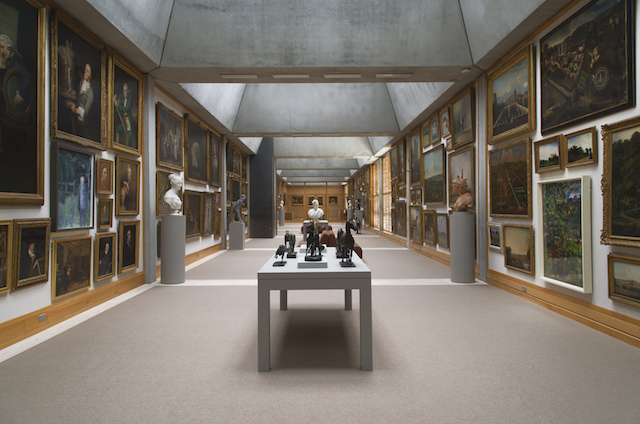
The Long Gallery, following its recent reinstallation, at the Yale Center for British Art, New Haven. Photo: Richard Caspole.
The problem now is that the ideals of a century ago are not the ideals of today. Britain is generally less interesting than it once was in the US – British culture is often filtered through the monarchy, Alexander McQueen, and Downton Abbey – and the American public is less knowledgeable about British history than it was a generation ago. Given that popular taste is often anticipated in the academy, it is noteworthy that in American universities the study of British history is shrinking (if not drastically): membership of the US association of academic historians in the field has dropped from 1,000 members a decade ago to some 750 today. The focus of study has also moved away from high politics and the lives of the elite towards the British Empire, both in its heyday and in the era of 20th-century decolonisation. Hidden histories (as defining the histories of the underprivileged and particularly non-Caucasian communities) are increasingly studied, along with the role of women. Whether or not a collection dedicated to the art of a particular country needs to serve as a historical museum is a moot point, but given that art history is now intimately linked to the study of social and political issues, presenting the old cocktail of countesses and Chippendale has a reduced impact. The question is how far do the revamped collections of British art at the Met and Yale Center seek to reflect these changes?
It is not an easy task. Inevitably, the two institutions are constrained by their existing holdings, and by the spaces they must continue to inhabit. The period rooms of the Met will be adapted internally, but apart from the substantial dismantling of the Tudor room (which will become the entrance gallery), they will continue to occupy around 30 per cent of the total gallery space available. Equally, the Yale Center is housed in one of the most admired museum buildings in the world, with rooms always intended, with the exception of the two courtyards, to show works on a domestic scale. The beige linen walls, the gentle natural light, and the views across the central courts create a serene atmosphere that can hardly be refigured into any sort of dramatised recreation of the Industrial Revolution or the slave trade or social unrest. Still, in both museums change is on the way.
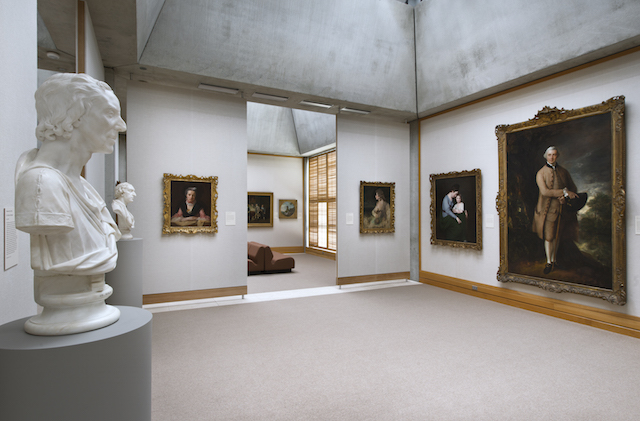
The newly reinstalled fourth floor galleries at the Yale Center of British Art juxtaposes busts and portraits from the same period. Photo: Richard Caspole
‘Britain in the World’ is the guiding theme of the new display at Yale. The extraordinary richness and freshness of Paul Mellon’s collection are as evident as ever, in a series of room installations where thematic organisation is lightly applied. There have been some major acquisitions in recent years (notably of sculpture, such as Thomas Banks’s portrait bust of Anthony Addington), the Center still being able to acquire at the top end of the market (other than in the field of paintings). In the new installation, sculpture is judiciously sited – from the Nottingham alabaster in the first room onwards – to create a dialogue with the paintings: notably in the new juxtaposition of sculptured portrait busts with painted portraits of the same period. The overall theme expresses the history of an island that is, relatively speaking, small but one that was constantly receptive to the rest of the world – whether through foreign painters shaping British art, through 18th-century trade, or through the apparatus of empire. The theme is conscientiously developed but, true to the spirit of Paul Mellon’s bequest, avoids displaying the kind of dramatic colonialist works that made the recent exhibition, ‘Artist and Empire’ at Tate Britain, such a startling experience. Eagerly explored is the spirit of scientific inquiry and commercial enterprise that marked the period, and the sporting spirit that Mellon so much enjoyed. But there is hardly a black face to be seen here, barely a caricature, and no examination of such difficult issues as the slave trade or the oppression of Ireland or the social horror of the early Industrial Revolution.
Paul Mellon was less interested in British art after about 1850 (and nowadays his funds may not be applied to purchases after that date), but he did buy in the field. The second floor is now dedicated to the 19th and 20th centuries, including remarkable works (bought by Mellon) by Richard Dadd and the full-length portrait Mrs James Guthrie (1864–65) by Frederic Leighton. The overall effect is slightly jumpy due to the gaps in the collection (scarcely any pre-Raphaelites, for example) but given their nature, the displays have been crafted as coherently as possible. The most exciting innovation is the reopening of the ‘Long Gallery’ on the fourth floor, a seven-bay room that, with a further glazed space at each end, runs the entire width of the building. Seen by architect and patron as a reference to a Tudor long gallery, the room had previously been used for visible storage and was subdivided, but is now cleared to create a single impressive space. Works that are not always on view are arranged here, partly for teaching purposes, in a series of densely hung mini-exhibitions that create a different rhythm to the calmness of the main rooms.
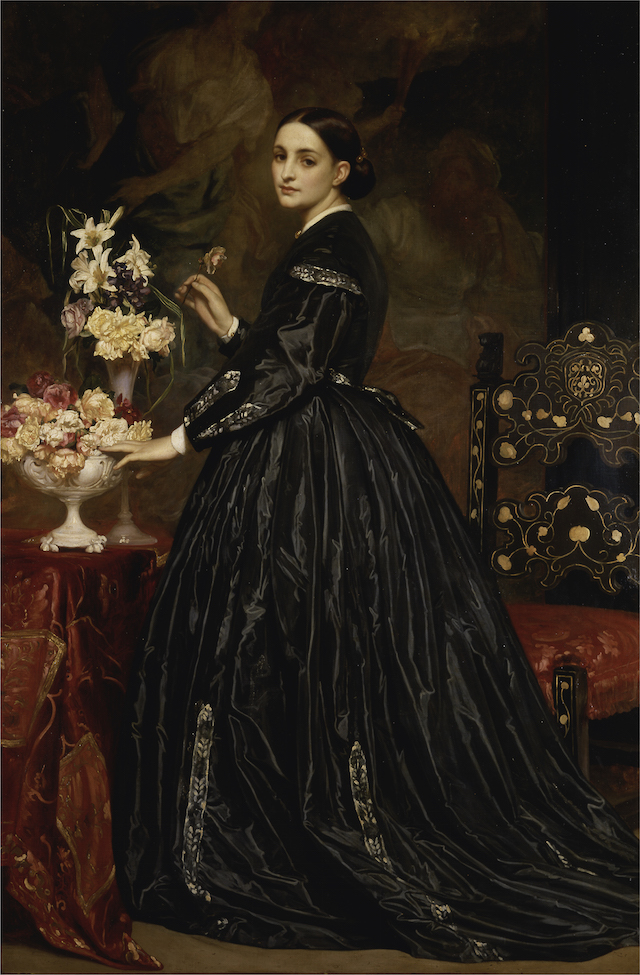
Mrs. James Gurthrie (1864–65), Frederic Leighton. Yale Center for British Art, New Haven
At the Met the British 18th-century paintings – including works by Hogarth, Reynolds, and Lawrence – remain isolated in one room, in the rigid style of national and chronological hang favoured by that institution. But the plans for the British decorative arts galleries developed by the Department of European Sculpture and Decorative Arts look set to be more radical. The collections of British furniture and other decorative arts have been assembled for well over a century according to the tastes of such New York collectors as Judge Irwin Untermyer (1886–1973) who, in the assessment of Luke Syson, curator in charge of European sculpture and decorative arts at the Met, ‘put together the greatest collection of British works of art formed in 20th-century America’. He gave or bequeathed over 2,000 objects to the museum, many of them going back to the 16th century.
Many enthusiasts such as Untermyer were guided by art dealers. Scanning the old sales catalogues of Mallett or Partridge, one finds an emphasis on attractive appearance – good colour and so forth – and on provenance, ideally from a historic house. Makers were of less significance than they are now: names like Chippendale and Sheraton were freely applied, without the precision made possible by the later development of furniture history. Throughout the century, attitudes to the decorative arts were also influenced in wealthy circles by a long succession of interior decorators, latterly by Colefax and Fowler and the redoubtable Sister Parish. These were highly skilled but not academic practitioners who purveyed the English country house look: apparently low key, chintz-dominated, with the judicious inclusion of historic (and scarcely ever Victorian or 20th-century) pieces.
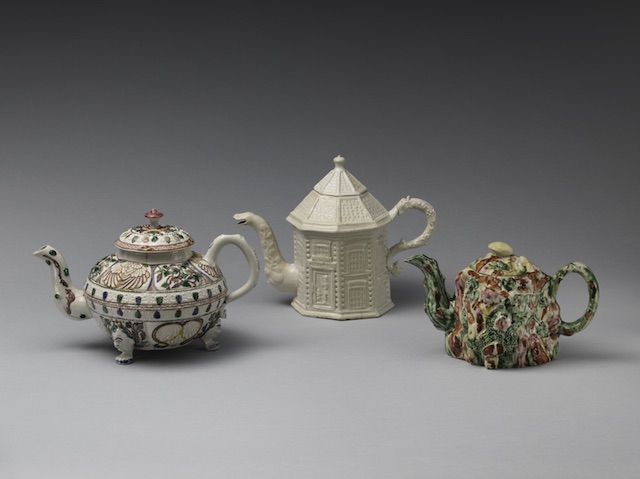
Three Staffordshire teapots dating to c. 1745–60, among the stoneware that will be on show in the redisplayed British decorative arts galleries at the Metropolitan Museum of Art, New York (due to open in 2018).
This background has had various effects on the Met’s British holdings. It has meant that numerous appealing but not top quality objects entered the collection – a situation that the department has addressed by a recent programme of assessment and deaccessioning. It has also impacted on the style of presentation. The plain, even drab display style of the 1920s, when the British galleries first opened, was followed in the 1950s by the installation of the historic rooms and by major donations. The galleries were redisplayed around 1990. That display – still in existence – was shaped by the National Gallery of Art’s ‘The Treasure Houses of Britain’ exhibition of 1985–86, which presented British decorative arts in a series of alluring room sets inspired by country, and occasionally town, houses. This means that the galleries show chairs and tables arranged in symmetrical patterns as though in a great house, even if four identical chairs give no more information than one; they contain numerous ‘cutesy vignettes’ (in the present curators’ words) with vases placed on furniture to create a decorative effect, often to the detriment of the support; and are filled with paintings which make a decorative but not thematic contribution to the whole. Many visitors are, apparently, unsure of the distinction between the historic rooms and these stately galleries, which in any case epitomise a view of aristocratic England that the current plan aims, if not to dispel, at least to modify.
A further result of the old style of collecting lies in the near-exclusion of 19th-century artefacts: even the Regency is poorly represented, while Victorian culture hardly features at all. The department has in recent years been addressing this lacuna by buying objects that express high-Victorian taste, such as the ‘Pericles dressoir’ designed by Bruce Talbert in 1866. And they have been ‘shopping in our closet’, unearthing from their stores a bust by Pietro Torrigiani of Archbishop Fisher, and a number of Staffordshire teapots given by private collectors in the mid 20th century but never shown because of the Met’s traditional distaste, in its quest for high art, for pottery.

The tapestry room from Croome Court, Worcestershire, 1763–71, designed by Robert Adam, as currently installed at the Metropolitan Museum of Art, New York. Photo: Metropolitan Museum of Art, New York.
The new installations at the Met will shift the balance. The three dazzling and authentic historic rooms – the dining room from Kirtlington Park, the tapestry room from Croome Court and the dining room from Lansdowne House – will remain in modified form, with the Kirtlington room losing irrelevant furnishings as well as the sponged paint characteristic of the 1980s. The aim is to renew rooms by enhancing the lighting, animating the views through the windows, maybe allowing visitors to sit down. Reflecting current historiography, one principal theme – suggested in this case rather than vigorously sign-posted as in the Victoria and Albert’s British galleries – will be trade, with a central room dedicated to ‘Tea, Trade and Empire’. Elaborately handsome arrangements of furniture will go. In reaction against past prettifications, the theme of craftsmanship in an entrepreneurial society will be illustrated through objects conserved but not restored, emphasising the skill of the plasterer and the woodworker. The main thrust of the new displays will be to explore a society that in terms of material culture was marked by the creation of well-made and elegant objects for a general public, as the curators put it, allowing for the ‘democratisation of luxury’. This will be a novel and honest presentation, but the curators, working with the New-York based design studio Roman and Williams, seek to create a sense of magic, transporting the visitor across time and space in the Met’s finest tradition.
Among the riches, curators in both museums face severe obstacles – in terms of their collections and the spaces they can use. Only the largest and most varied collections – which they do not have at their disposal – can hope to develop a fully articulated narrative of British art and society. In both cases the 18th century still trumps the 19th, as it always has in American representations of British culture. But any enthusiast for British art will be gratified that generations-old stereotypes are being abandoned in these two institutions, and a new intellectual energy is being applied to a field that, in terms of museums, has been somnolent for too long.
Giles Waterfield’s most recent book is The People’s Galleries: Art Museums and Exhibitions in Britain, 1800–1914.
From the June issue of Apollo: preview and subscribe here.
Unlimited access from just $16 every 3 months
Subscribe to get unlimited and exclusive access to the top art stories, interviews and exhibition reviews.

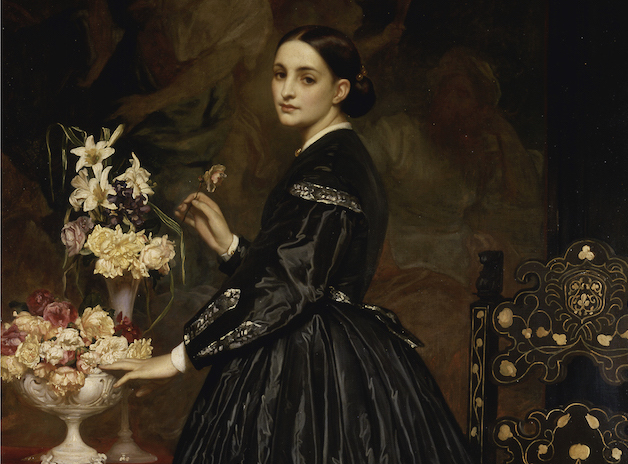
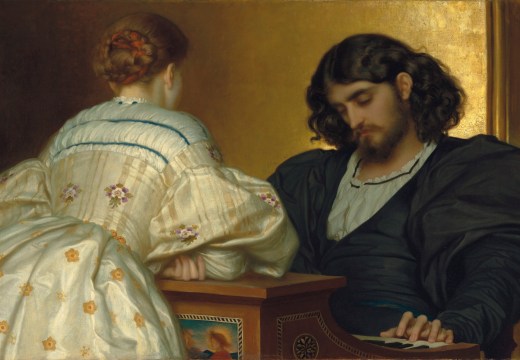
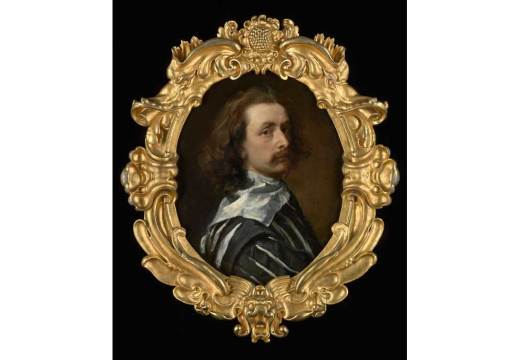
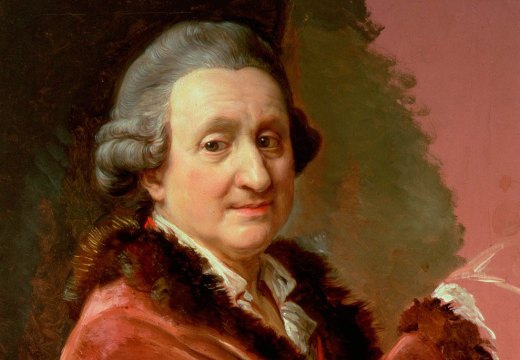









![Masterpiece [Re]discovery 2022. Photo: Ben Fisher Photography, courtesy of Masterpiece London](http://www.apollo-magazine.com/wp-content/uploads/2022/07/MPL2022_4263.jpg)
It’s time for the government of London to return to its rightful home